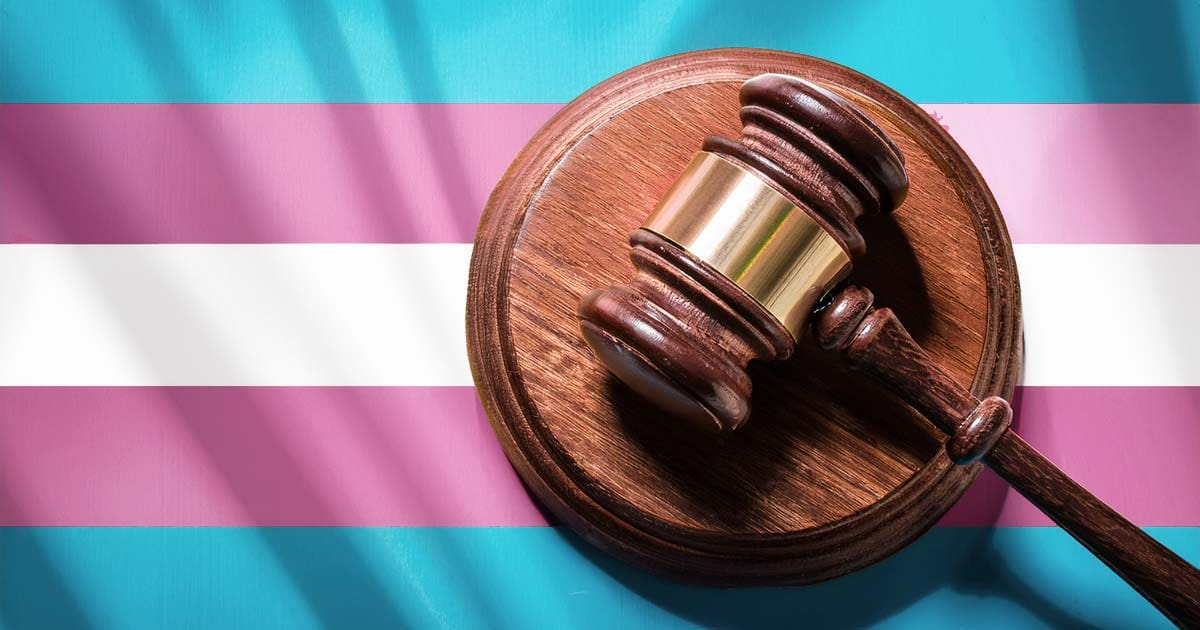Bill cutting foreign aid and public broadcasting passes US House – BBC

Legislative Action on US Federal Funding and its Implications for Sustainable Development Goals
Overview of the Rescissions Package
The United States Congress has passed a bill to rescind $9 billion in previously approved federal funding. The legislation, passed by the House of Representatives with a 216-213 vote and the Senate, now awaits presidential signature to be enacted into law. This action marks the first successful rescissions package in over three decades and is presented by Republican leadership as an initial step in a broader effort to reduce government spending.
Impact on Foreign Aid and Global Partnerships (SDG 17)
A significant portion of the funding cuts targets the US Agency for International Development (USAID), the nation’s primary global humanitarian and development program. This reduction in foreign aid directly challenges the framework of SDG 17: Partnerships for the Goals, which relies on international cooperation and financial commitments to achieve sustainable development.
The cuts to USAID are anticipated to have wide-ranging effects on the progress of several key SDGs:
- SDG 1 (No Poverty) and SDG 2 (Zero Hunger): Reduced funding for international development programs may impede efforts to eradicate poverty and combat food insecurity in vulnerable regions.
- SDG 3 (Good Health and Well-being): While lawmakers preserved $400 million for the President’s Emergency Plan for AIDS Relief (Pepfar), overall reductions to USAID’s budget could negatively affect other global health initiatives.
- SDG 10 (Reduced Inequalities): As the largest US global humanitarian program, cuts to USAID risk widening the inequality gap between developed and developing nations by scaling back essential support systems.
Domestic Implications for Sustainable Development
The bill also mandates substantial funding reductions for the Corporation for Public Broadcasting, which supports entities like PBS and NPR. These cuts have direct implications for domestic progress on SDGs related to education, community resilience, and institutional strength.
- SDG 4 (Quality Education): The scaling back of public broadcasting funding threatens the availability of accessible educational programming for diverse audiences across the country.
- SDG 11 (Sustainable Cities and Communities): The role of public radio as a critical communication channel for life-saving emergency information, such as tsunami and weather alerts, is vital for building resilient communities. Reductions in funding could compromise this essential service.
- SDG 16 (Peace, Justice and Strong Institutions): Public media provides widespread access to information, which is a foundational component of transparent and accountable institutions. Diminished support for public broadcasting may weaken this pillar of an informed citizenry.
Analysis of Sustainable Development Goals in the Article
1. Which SDGs are addressed or connected to the issues highlighted in the article?
The article discusses funding cuts that have direct and indirect implications for several Sustainable Development Goals (SDGs). The most relevant SDGs are:
-
SDG 3: Good Health and Well-being
This goal is addressed through the mention of “Pepfar, a global Aids prevention programme.” The debate over its funding directly connects to global health initiatives aimed at combating major diseases.
-
SDG 11: Sustainable Cities and Communities
This goal is relevant due to the discussion on the role of public broadcasting in community safety. The article highlights that public radio serves as a “lifeline” by providing “life-saving emergency broadcasting and weather alerts,” which is crucial for community resilience against disasters.
-
SDG 16: Peace, Justice and Strong Institutions
This goal is connected through the theme of public access to information. The article mentions “large reductions to the Corporation for Public Broadcasting, which includes PBS and NPR.” These institutions are vital for an informed public, a key component of strong and accountable institutions.
-
SDG 17: Partnerships for the Goals
This goal is central to the article’s focus on foreign aid. The cuts to the “US Agency for International Development (USAID), the largest US global humanitarian programme,” directly impact the financial resources and partnerships dedicated to achieving global development goals.
2. What specific targets under those SDGs can be identified based on the article’s content?
Based on the issues discussed, the following specific targets can be identified:
-
Target 3.3: End the epidemics of AIDS
The article explicitly mentions the decision by lawmakers to “keep $400m in the budget for Pepfar, a global Aids prevention programme.” This directly relates to the global effort to end the AIDS epidemic as outlined in Target 3.3.
-
Target 11.5: Reduce deaths and economic losses from disasters
The article provides a specific example of public radio’s importance when “people in Alaska were told to tune into their local radio station that includes NPR programming after an earthquake that struck off the coast prompted tsunami warnings.” This function of providing emergency alerts is directly aligned with the goal of reducing the human and economic impact of disasters.
-
Target 16.10: Ensure public access to information
The funding cuts to the “Corporation for Public Broadcasting, which includes PBS and NPR,” threaten the viability of these platforms. As these organizations are key providers of news and information to the public, any reduction in their capacity affects the achievement of this target.
-
Target 17.2: Developed countries to implement fully their official development assistance (ODA) commitments
The article’s main subject is a bill to “claw back billions in pre-approved funding for… foreign aid.” The cuts affecting the “US Agency for International Development (USAID)” represent a reduction in the United States’ Official Development Assistance, which is the focus of Target 17.2.
3. Are there any indicators mentioned or implied in the article that can be used to measure progress towards the identified targets?
The article mentions or implies several financial and non-financial indicators that can be used to measure progress:
-
Indicator for Target 3.3:
A direct financial indicator is mentioned: the amount of funding allocated to specific disease programs. The article states that lawmakers kept “$400m in the budget for Pepfar,” which serves as a measurable indicator of financial commitment to fighting AIDS.
-
Indicator for Target 11.5:
An implied indicator is the existence and operational capacity of public early warning systems. The article describes public radio as a “lifeline” for “life-saving emergency broadcasting,” suggesting that the reach and funding of such services are key indicators of a community’s disaster preparedness.
-
Indicator for Target 16.10:
A financial indicator is the level of government funding for public media. The article points to “large reductions to the Corporation for Public Broadcasting” as a key action, making the budget for these institutions a direct indicator of support for public access to information.
-
Indicator for Target 17.2:
The primary indicator is the total volume of Official Development Assistance (ODA). The article provides a specific figure for the funding cuts: “$9bn (£6.7bn) in total,” which includes reductions to USAID. This amount serves as a direct measure of the change in foreign aid contribution.
4. Table of SDGs, Targets, and Indicators
| SDGs | Targets | Indicators Identified in the Article |
|---|---|---|
| SDG 3: Good Health and Well-being | Target 3.3: By 2030, end the epidemics of AIDS, tuberculosis, malaria and neglected tropical diseases… | Financial commitment to global disease programs (e.g., the “$400m in the budget for Pepfar, a global Aids prevention programme”). |
| SDG 11: Sustainable Cities and Communities | Target 11.5: By 2030, significantly reduce the number of deaths and the number of people affected… by disasters… | Operational capacity of public emergency alert systems (e.g., public radio providing “life-saving emergency broadcasting and weather alerts”). |
| SDG 16: Peace, Justice and Strong Institutions | Target 16.10: Ensure public access to information and protect fundamental freedoms… | Level of funding for public broadcasting institutions (e.g., the “large reductions to the Corporation for Public Broadcasting”). |
| SDG 17: Partnerships for the Goals | Target 17.2: Developed countries to implement fully their official development assistance commitments… | Total amount of Official Development Assistance (ODA) provided (e.g., the “$9bn” cut in funding, which includes cuts to “USAID, the largest US global humanitarian programme”). |
Source: bbc.com

What is Your Reaction?
 Like
0
Like
0
 Dislike
0
Dislike
0
 Love
0
Love
0
 Funny
0
Funny
0
 Angry
0
Angry
0
 Sad
0
Sad
0
 Wow
0
Wow
0












































































